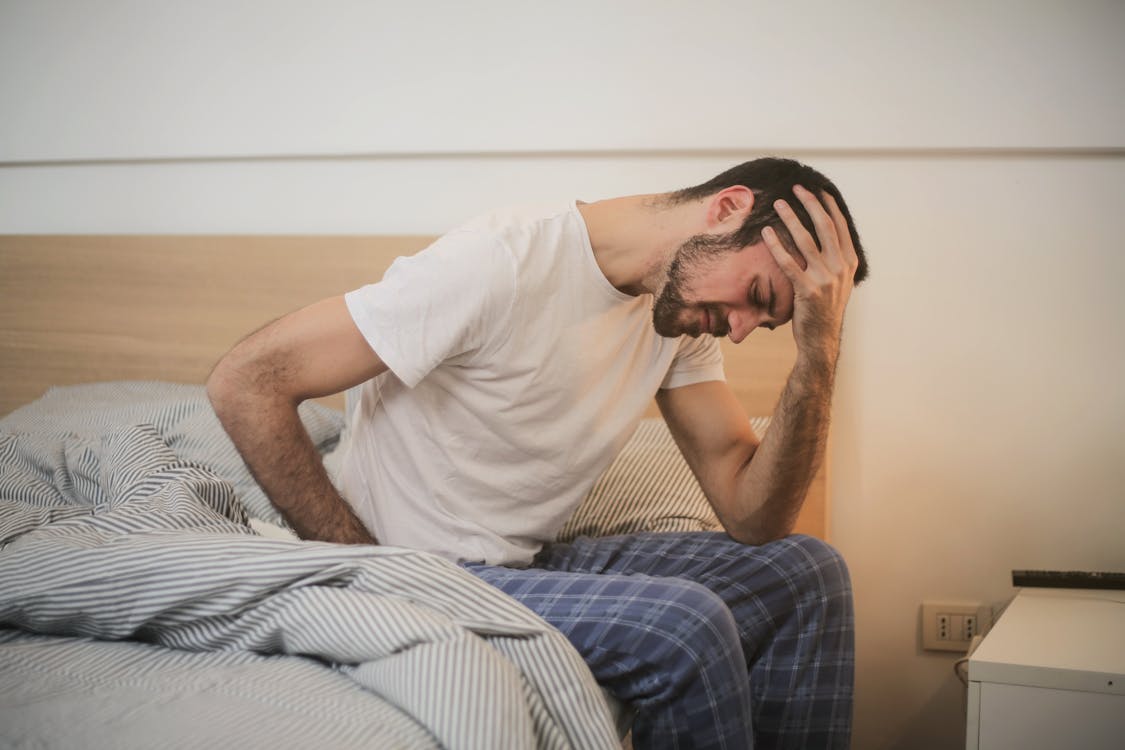The Unwanted Guest: Understanding Piles and Finding Relief
Piles, also known as hemorrhoids, are a common ailment that can cause discomfort and embarrassment. These swollen veins around the anus and rectum can develop for various reasons, affecting people of all ages and backgrounds. While they may seem trivial, understanding the causes, symptoms, and treatment options for piles can provide valuable insight and pave the way for effective relief
.
The Culprits Behind Piles:
Several factors can contribute to the development of piles. One of the most common culprits is straining during bowel movements. This can occur due to constipation, diarrhea, pregnancy, or even lifting heavy objects. A diet low in fiber can worsen the situation, making stool harder to pass and increasing straining.
Sitting for long periods or engaging in anal intercourse can also put pressure on the veins in the rectum and anus, leading to swelling and the formation of piles. Age and genetics can also play a role, with the tissues weakening and becoming more susceptible to swelling over time.
Recognizing the Signs:
Symptoms of piles can vary depending on the severity. The most common include pain, especially when passing stool, itching around the anus, and noticeable swelling or a bulge near the anus. In some cases, bleeding might occur, either on toilet paper or in the stool itself. More severe cases can involve prolapse, where the piles push out of the anus.
 |
| The Unwanted Guest: Understanding Piles and Finding Relief |
Finding Solace: Treatment Options:
Fortunately, several treatment options are available for piles, depending on the severity and symptoms. For milder cases, over-the-counter medications like pain relievers and creams can offer relief. Warm sitz baths can also help soothe discomfort and reduce swelling.
Dietary changes, such as increasing fiber intake and staying hydrated, are crucial for preventing constipation and straining. Regular exercise can further improve blood flow and reduce the risk of piles.
For more persistent cases, medical procedures might be considered. Banding involves placing a small elastic band around the base of the pile to cut off its blood supply and cause it to shrink. Sclerotherapy injects a solution into the pile to shrink it. In severe cases, surgery might be necessary to remove the piles.
Preventing Unwanted Guests:
The good news is that piles can be prevented to a great extent. By incorporating healthy lifestyle changes, you can significantly reduce the risk of developing this uncomfortable condition.
Eating a high-fiber diet rich in fruits, vegetables, and whole grains helps keep stool soft and easy to pass. Staying hydrated by drinking plenty of fluids is equally important. Regular exercise can improve blood flow and reduce overall pressure on the veins.
Avoiding straining during bowel movements and limiting sitting for extended periods are crucial preventive measures. Maintaining a healthy weight and avoiding anal intercourse can also contribute to preventing piles.
Conclusion:
Piles, while uncomfortable, are usually treatable and often preventable. By understanding the causes, symptoms, and treatment options, you can take control of your health and find relief. Implementing healthy lifestyle changes can further minimize the risk of piles and allow you to lead a more comfortable and fulfilling life. Remember, discussing any concerns or questions with your doctor is always advisable.



